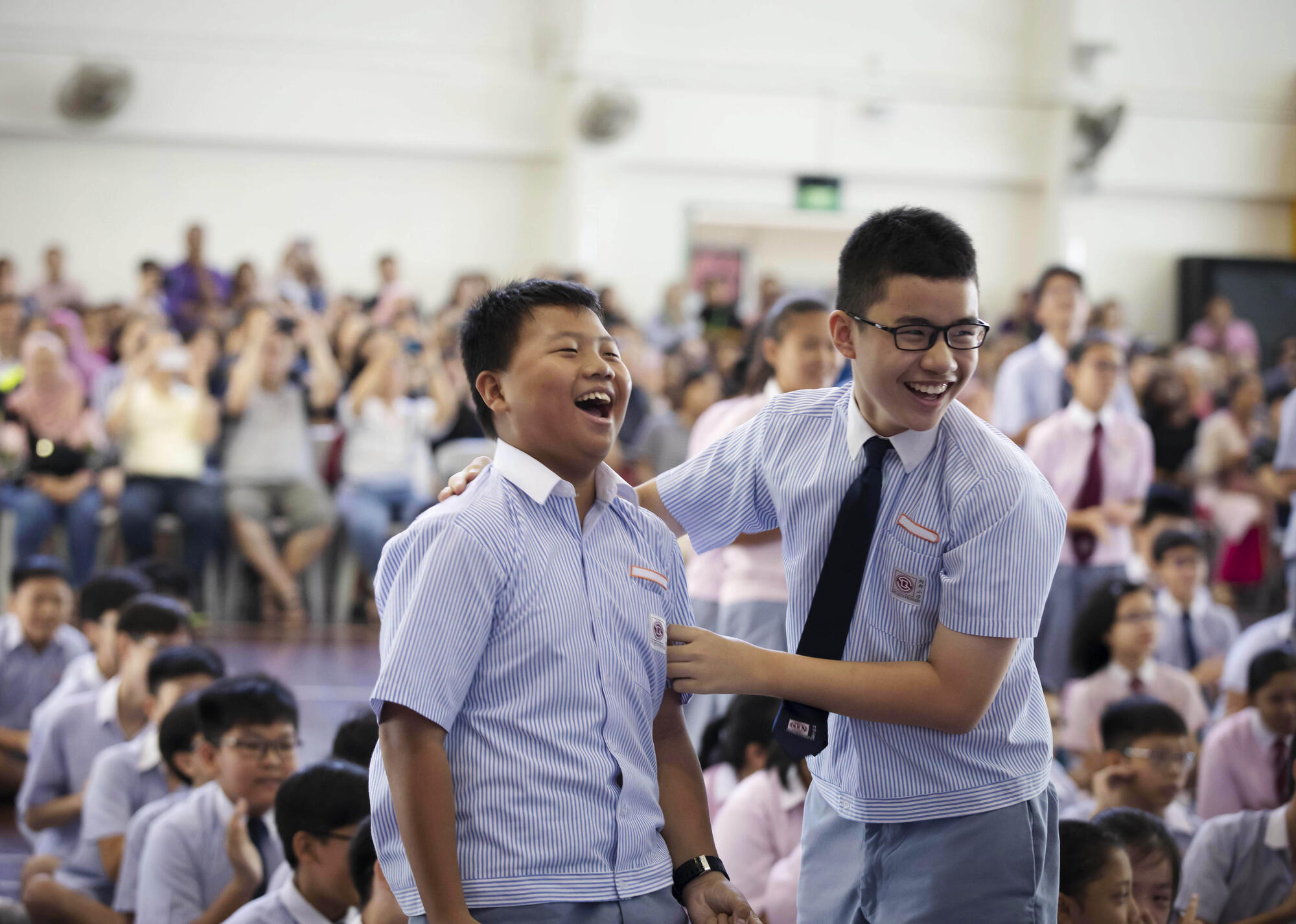It was supposed to be a clear-cut decision. If my son did well enough in his Primary School Leaving Examination (PSLE) to qualify for a popular mission school, we would put that as our first choice. If not, he would apply for another school `closer to home with the same ethos.
When the results were released on Nov 21, we were faced with a happy problem. He fared better than we expected and his score gave him a shot at another school he had been eyeing. We had gone for its open house earlier in the year and its proximity to our place was a big draw for him. It helped that the boys’ school – let’s call it School C – also boasted a solid track record in academic and sports achievements.
For the next few days, we wrestled with the decision.
Weighing the pros and cons
School A, our preferred choice, is at least a good 30 minutes away by car or an hour by public transport. That aside, it offers everything we are looking for: a tradition of excellence and a holistic education centred on values that are aligned with our faith.
School B, our next best choice, would have been an assuring option too. It is not as competitive academically but has the advantages of proximity and familiarity. Many of my son’s friends are heading there and he would have little trouble fitting in.
School C, which is just a few bus stops away, would have been a no-brainer for us had it been a mission school.
My son, who had no clear favourite, drew up his own set of pros and cons for the three schools.
Though receptive to School A’s philosophy, he baulked at its distance from our place and found the school compound “strange”. To us, it seemed like the fear of venturing beyond his comfort zone had blinded him to the plus points of the school.
At the same time, he was concerned that he might be bottom of the heap in the high-achieving School C. He would be very comfortable – perhaps too comfortable – in School B, but agreed a change in scenery would do him good. Since he has done well by our standards, we believe there is room for him to be stretched further. The dilemma was a classic one: Is it better to be a small fish in a big pond or a big fish in a small pond?
Small fish vs big fish
Studies have found that high-performing students (“big fish”) in a lower-achieving school (“small pond”) tend to have a more positive academic self-concept, or how they view themselves as learners. Conversely, equally talented students (“small fish”) in high-achieving environments (“big pond”) exhibit more self-doubt when they compare themselves with their peers.
This level of confidence can have a big impact on student outcomes, such as how well they do in school, their attitudes about the classroom and their placement in more advanced programmes.
Of course, personality comes into play too. While we want our son to explore and maximise his potential, we are aware that he can lose heart quickly when he deems himself less competent than others. So School C’s emphasis on academic rigour might wear him down and leave him feeling mediocre. At the same time, he lacks drive and needs some pushing to strive for his best – something we are not sure School B can do enough of.
What matters most to us
In the end, my husband and I decided on School A after consulting friends whose sons are studying there. Even those boys who did not pick the school as their first choice quickly grew to love it. We were convinced it would be the sweet spot for our son: competitive enough to keep him on his toes yet not so demanding as to rob him of his newfound confidence. Its stimulating yet nurturing environment, we felt, would be the best fit for him.
The distance was a drawback but, weighed against the pros, was hardly a deal breaker. The inconvenience would last just a few years but the school culture and values would have a lifelong impact on him.
We drew on our own experience to persuade him. My husband and I both went to schools that took at least an hour of travelling each way by public transport, and we have zero regrets. It was tiring, especially on days when I had after-school activities or third-language classes. But I would gladly make the same choice all over again.
The school culture was empowering and the teachers were demanding and empathetic in equal parts. In those four years, I made lifelong friends who have been both inspiring and encouraging. Those girls who pushed me to be a better version of myself are the same friends who were generous with their time and advice as I sought to pick a secondary school that best meets my son’s needs.
Looking back, my husband and I are most grateful to our alma maters for instilling in us the drive to not only aim high but also to offer our talents in service of others. Our son is too young to see beyond the immediate practicalities. But it is this sort of imprint that we hope the next four years will leave on him – a school that will stretch his potential without breaking his spirit; a school that inspires him to give of his best and exercise his gifts for the benefit of others.
Different people will accord importance to different concerns. Our priority is simply this: Which school within his academic range can best help mould our son into the person we would like him to be?
In our case, School A is the best bet.
Tee Hun Ching, a mother of two, is a copy editor and freelance journalist who was previously an editor with The Straits Times.






